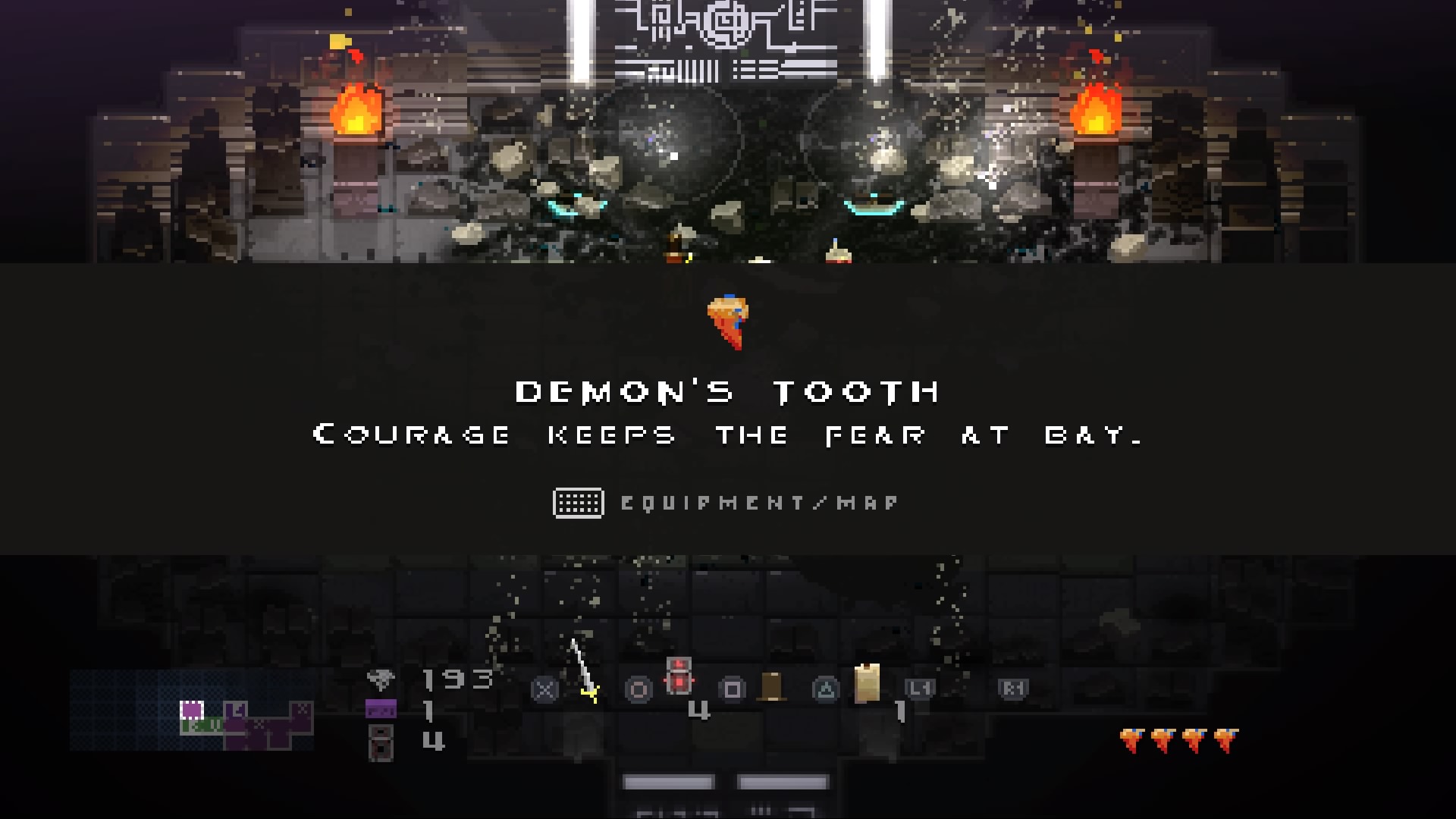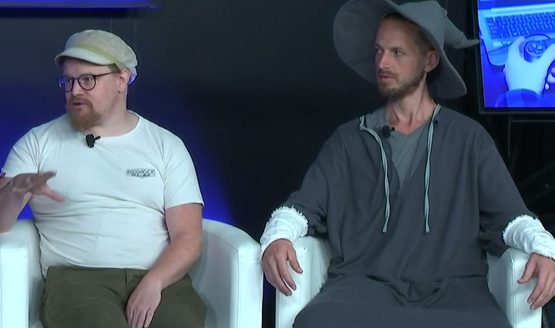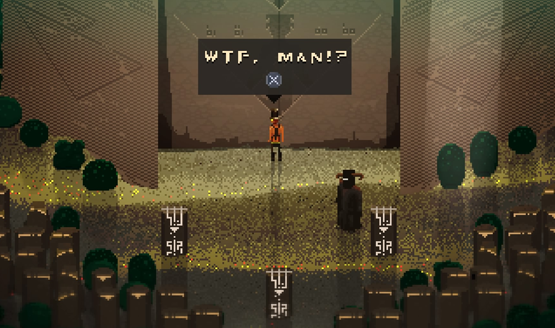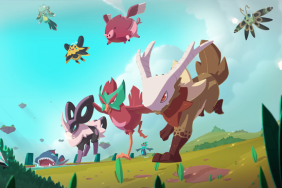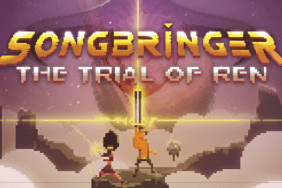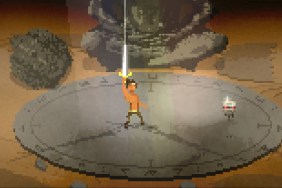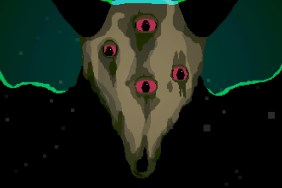Indie hit Songbringer is an impressive title made by a single man, Nate Weiss. Our own review lauds the clear Legend of Zelda influences and the fun variances of six letter world seeds allowing for a new experience each time. Songbringer launched last week and we got the opportunity to ask some questions of the wizard that somehow made this entire game by himself, including discovering his own favorite Songbringer world seeds.
Weiss takes some time to detail what exactly his world seeds change, maintaining influence of The Legend of Zelda while making the procedural game his own, and the difficulty of creating a game that can have changing variables.
PSLS: How was it to live stream the entire development process? Did streaming the development aspect shape any of the process at all, or help you get feedback?
Nate Weiss: Live streaming the development was a blessing in many ways. It was helpful to have direct and immediate feedback on art, music, design and even code. Viewers made helpful suggestions along the way that helped to shape the game into what it is today. For example, item crafting was a live suggestion. Also it was motivating to always have something new to share with people live. As well, it helped to curb any loneliness I might feel as a solo developer. Another thing was that it built up a following for the game and made the Kickstarter possible.
PSLS: Aside from the live stream, where did you go for feedback during the development process?
Weiss: Well, I was able to show the game live at several local events. It was helpful to watch people play and listen to their feedback.
Besides that, I have a process where I completely relax, forget everything, then try play the game as if I were new to it all. I do this regularly. Often 5 days a week I will be performing a speedrun of one of my favorite world seeds. Either that or getting lost in a brand new world. This really helped to refine the game. It was almost like a personal feedback loop. I would frequently have 20-30 things written down from each run and would tackle some of them the next day.
PSLS: Songbringer is clearly a homage to the original Legend of Zelda. How did you decide what to faithfully recreate from the NES game and what to modernize?
Weiss: It was mostly a process of experimentation. I would try things, see if they worked, refine them if they did, then try something else if they didn’t.
One thing I held on to doggedly for the longest time was purely 8-bit style controls where you could only move in four compass directions. But eventually this got upgraded to 16-bit style controls with eight compass directions. That experiment was a really good one and am so glad it was done. Controls had to be modernized.
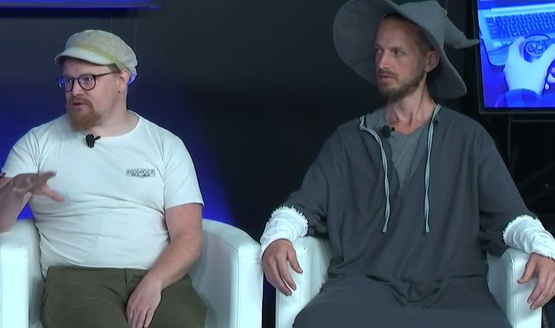
PSLS: What made you decide on the six letter world seed for the world generation? Do you have any favorite world seeds you’d like to share with players?
Weiss: It’s a way for players to experience the same world again any time that they like, or else experience something completely new, fresh and different. It’s also a way for people to share worlds.
My favorite seeds are WIZARD and VELLE. The VELLE seed is pretty interesting because it starts off without your trusty robot companion and without his item-scanning ability, yet with a certain someone else and her powerful attack ability.
PSLS: Can you share more insight about what variables the world seed changes?
Weiss: Sure. The world seed changes the layout of the overworld, the locations of secrets, the layout of the 10 dungeons, the order of the items you obtain, the order of the type of obstacles you will overcome, the order of the bosses, and even the key of the music you hear in the dungeons.
PSLS: What’s the most bizarre thing you’ve seen come out of the randomization of the world in Songbringer?
Weiss: I’ve seen a few areas that I never planned or even knew that the algorithms could possibly produce. It was quite exciting to witness.
PSLS: When crafting a game that is clearly inspired by classic Legend of Zelda, how do you hold true to those values while also enabling the world to be randomized through seeding? What pillars are centralized and unchanged?
Weiss: Well, to me, the core value I got out of the Legend of Zelda was an unbridled experience of exploration. No one holds your hand. You can make any decision you want from the get go, including whether or not to pick up the sword. That’s the core value I focused on with Songbringer. So that part was pretty easy to embrace with randomization and seeding. That feeling of unbounded wanderlust and the deep reward of genuine discovery.
Another thing that’s really important though is the feeling of bespoke game design. When you play Zelda, you often get the sense that the layout of the dungeons, the placement of enemies and the choices presented are well designed. This is the part that was a challenge to obtain with a procedural game. My approach was to think of exactly why a level designer would chose to place something in a certain location, then write algorithms to flexibly do this with whatever world seed was used. So instead of hand-crafting levels, I hand-crafted algorithms.
What pillars are centralized and unchanged? A few of the dungeons ended up having to always have the same items no matter what world seed. For example, the first dungeon always has the bombs and blink orb (dodge / dash / teleport ability). This sort of gets the player off on the right foot no matter what world seed.
PSLS: Did you find creating a procedural world that can be seeded to be more difficult or easier than a locked-in world design? How did that impact your ability to tell the story and give players the adventure that you want to give them?
Weiss: Much more difficult. It took years longer than it would have if I had just hand-designed everything. This is because as a level designer, it’s easy to take for granted /why/ you are doing something. With a procedural game like Songbringer, it required deep analysis of why something would be done as a level designer, then a lengthy process of making that into an algorithm that has to work in various world seeds and finally testing the algorithms thoroughly.
That part really didn’t affect the story or the adventure though, because it’s easy to place the story elements in places that the player will eventually go.
PSLS: What’s the one feature you most wanted in Songbringer that didn’t make the cut in the final game?
Weiss: I wanted more bosses, enemies, dungeons, art, items and abilities. But there is only so much time and already it is an 8-10 hour game.
PSLS: Any hints on what we can expect next from Nate Weiss? Will you continue working solo, or are you seeking a bigger team for your next project?
Weiss: I love people and if I had the funds would definitely hire someone to help out. But they would have to be someone who is creatively submissive, as I can be quite dominating in that regard.
On the other hand, I love the creative purity of solo development. You know that child’s game Telephone? Where one person whispers a word or phrase to another, then another and so on? By the time that Telephone is complete, the original phrase becomes something else entirely. Working in a team can be like this. You have a vision for something, but it never quite gets done how it was envisaged. Flying solo, it’s much easier to get at the heart of the vision, to strike the creative bull’s eye, per say.
We’d like to thank Nate Weiss for taking the time to answer our questions about Songbringer!
Songbringer Review
-
Songbringer_20170818211350
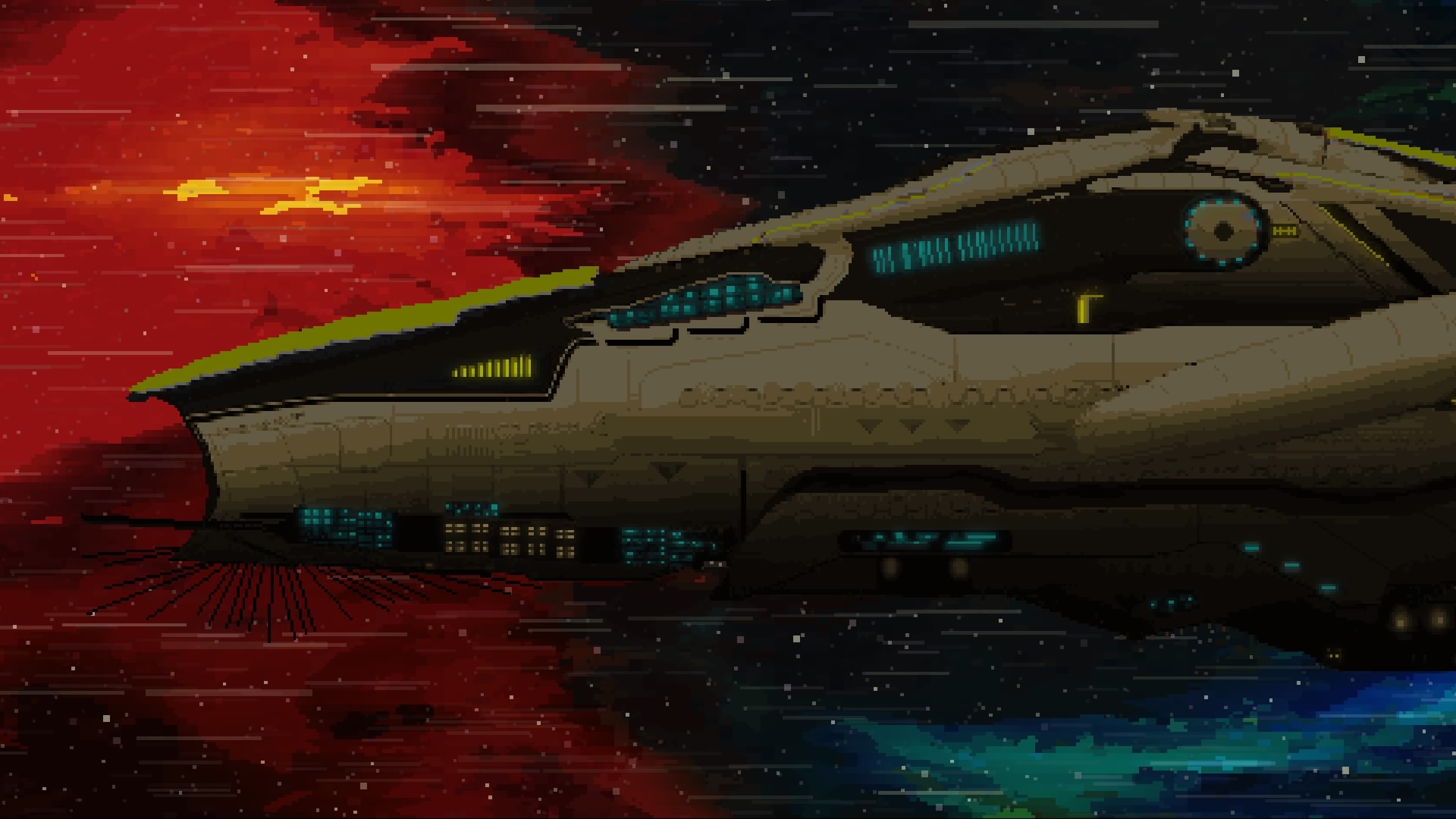
-
Songbringer_20170818215850
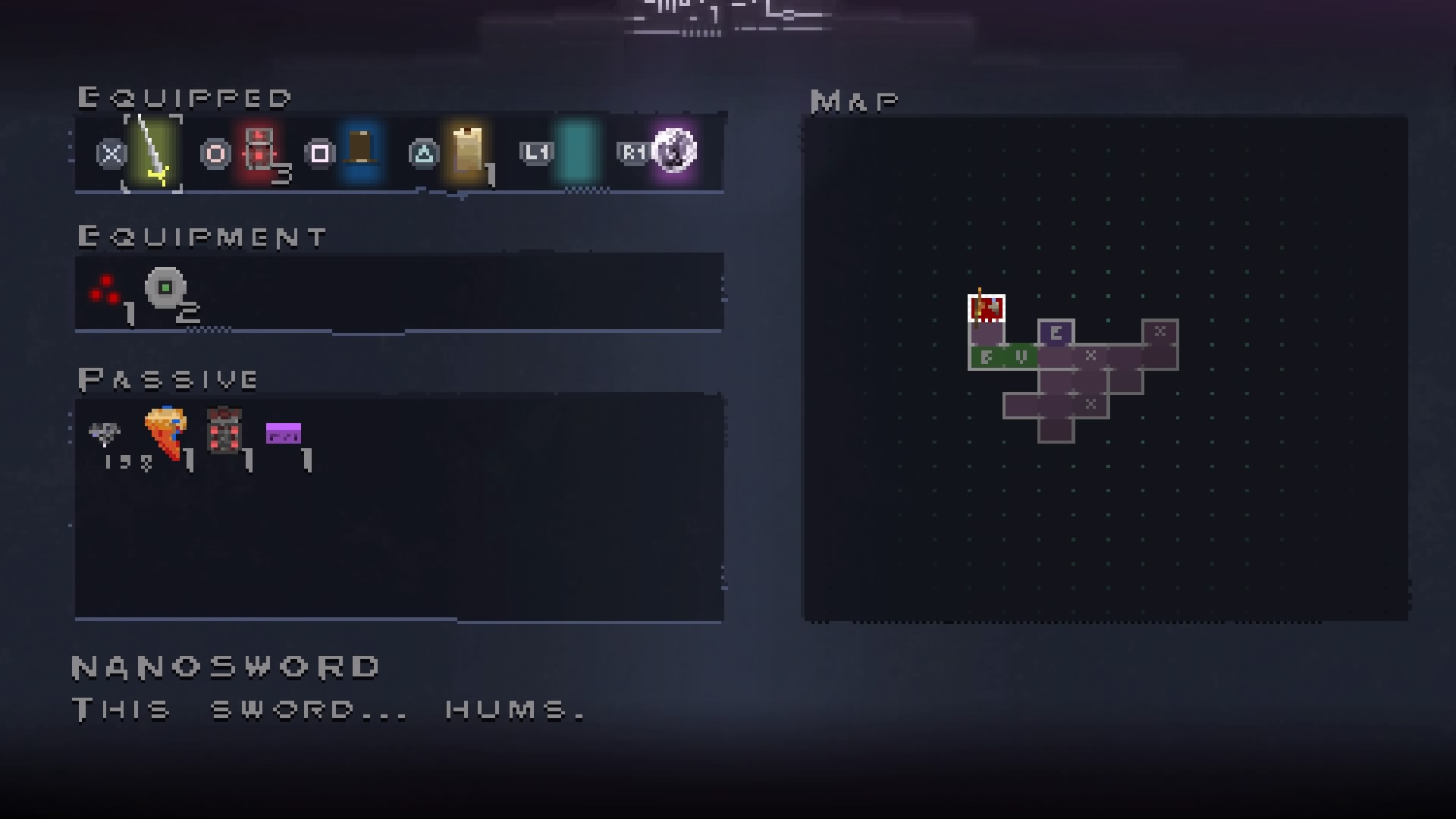
-
Songbringer_20170818221221
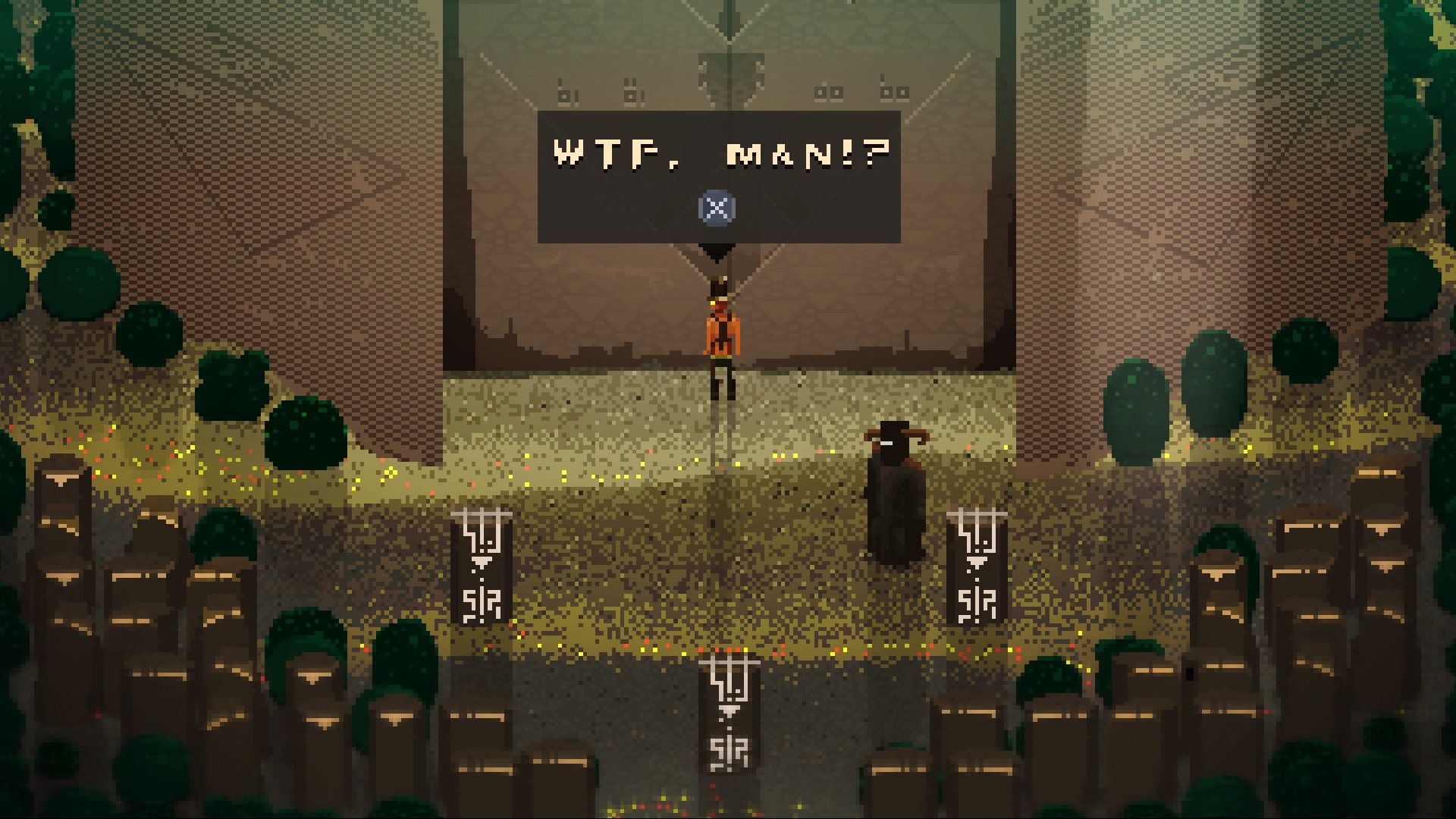
-
Songbringer_20170818221434
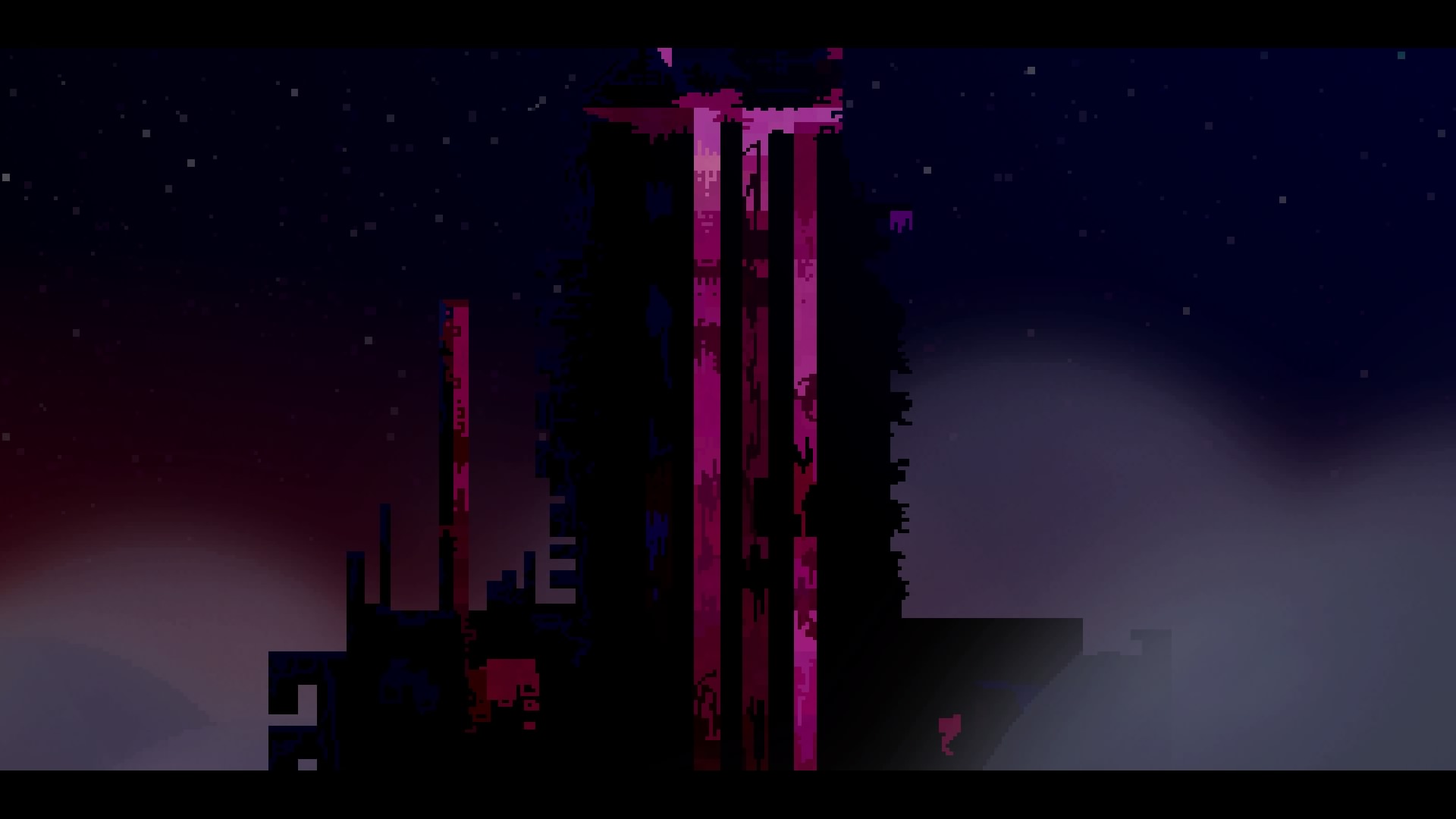
-
Songbringer_20170818211434
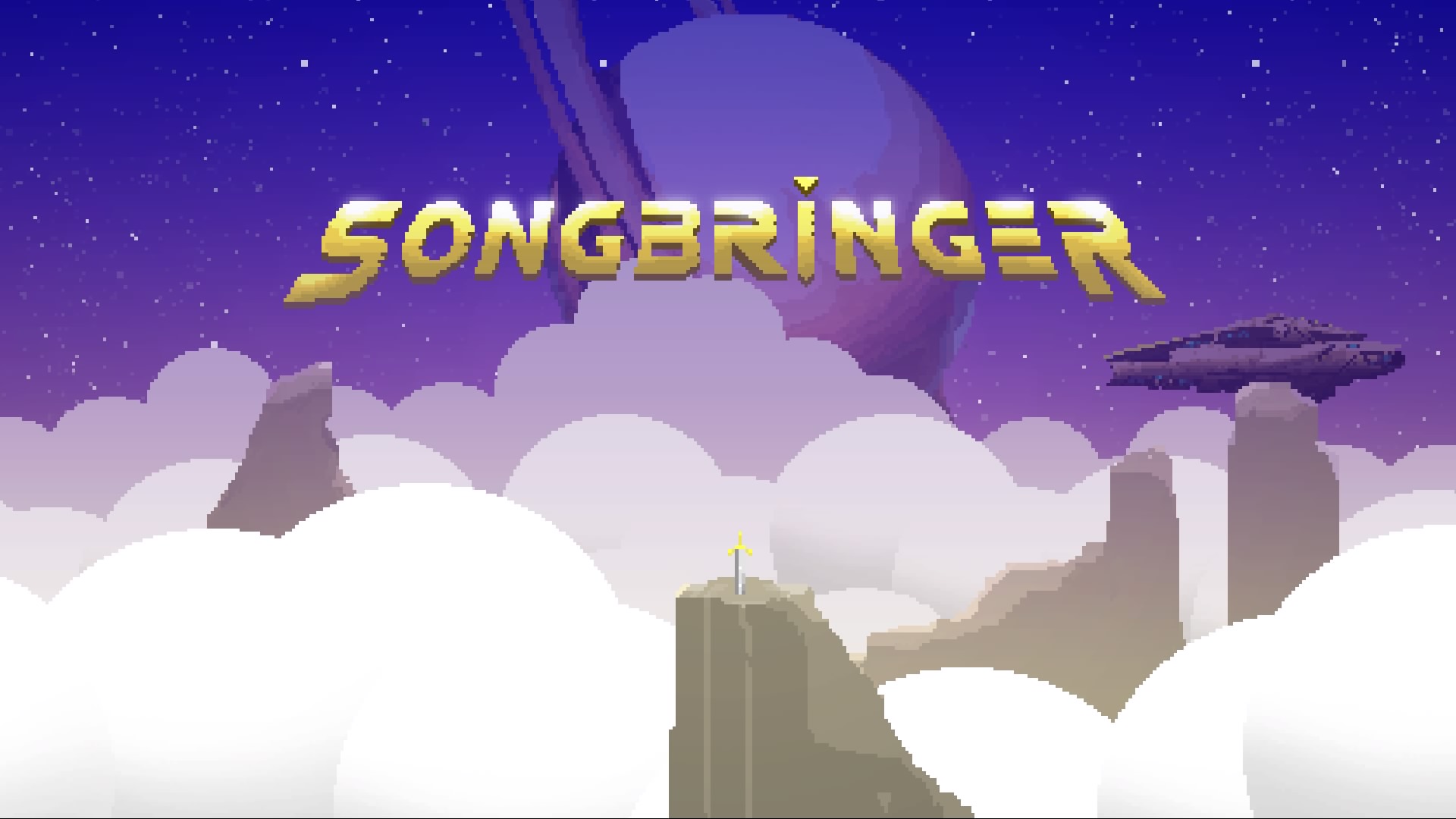
-
Songbringer_20170818211750
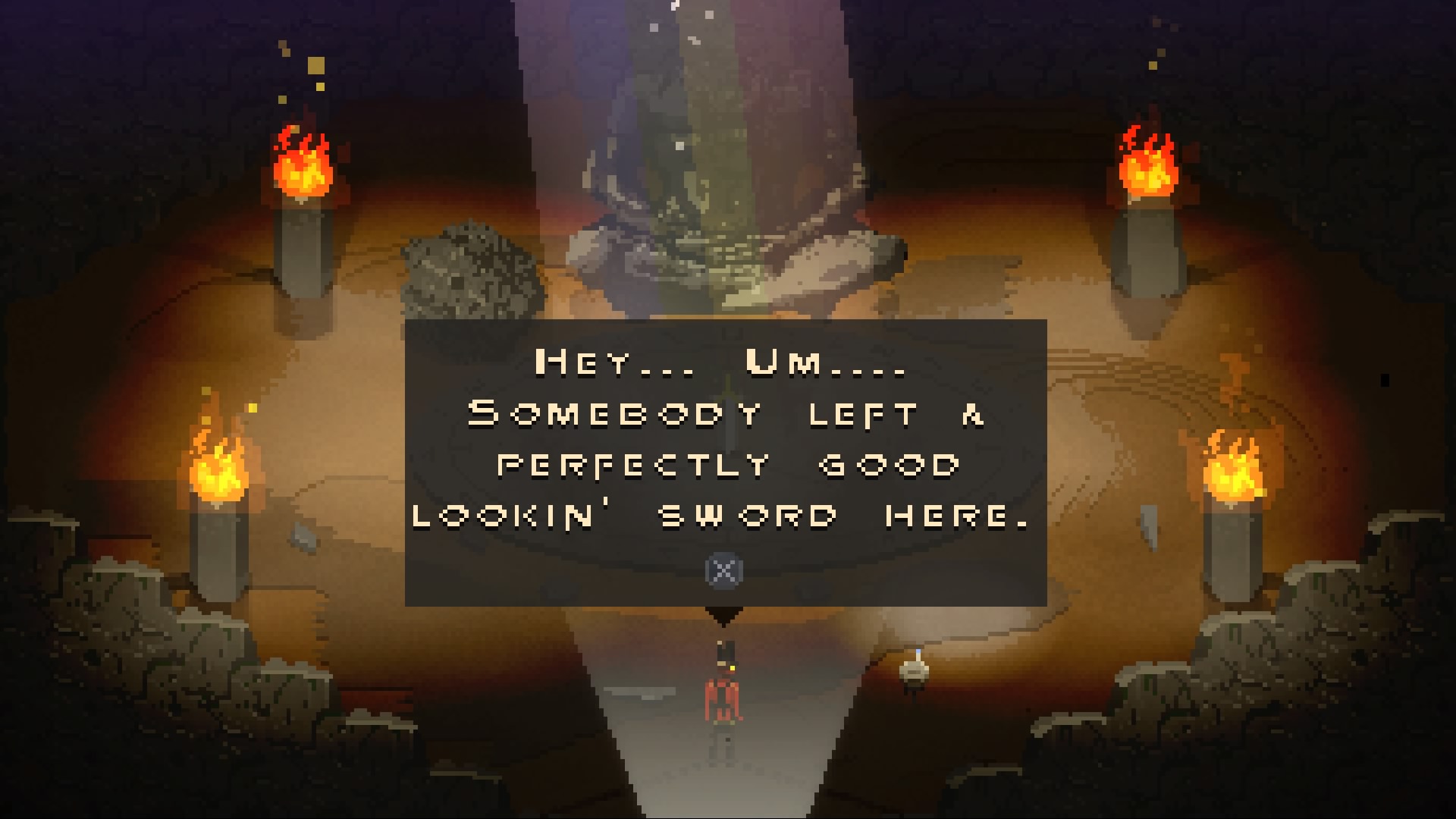
-
Songbringer_20170818211811
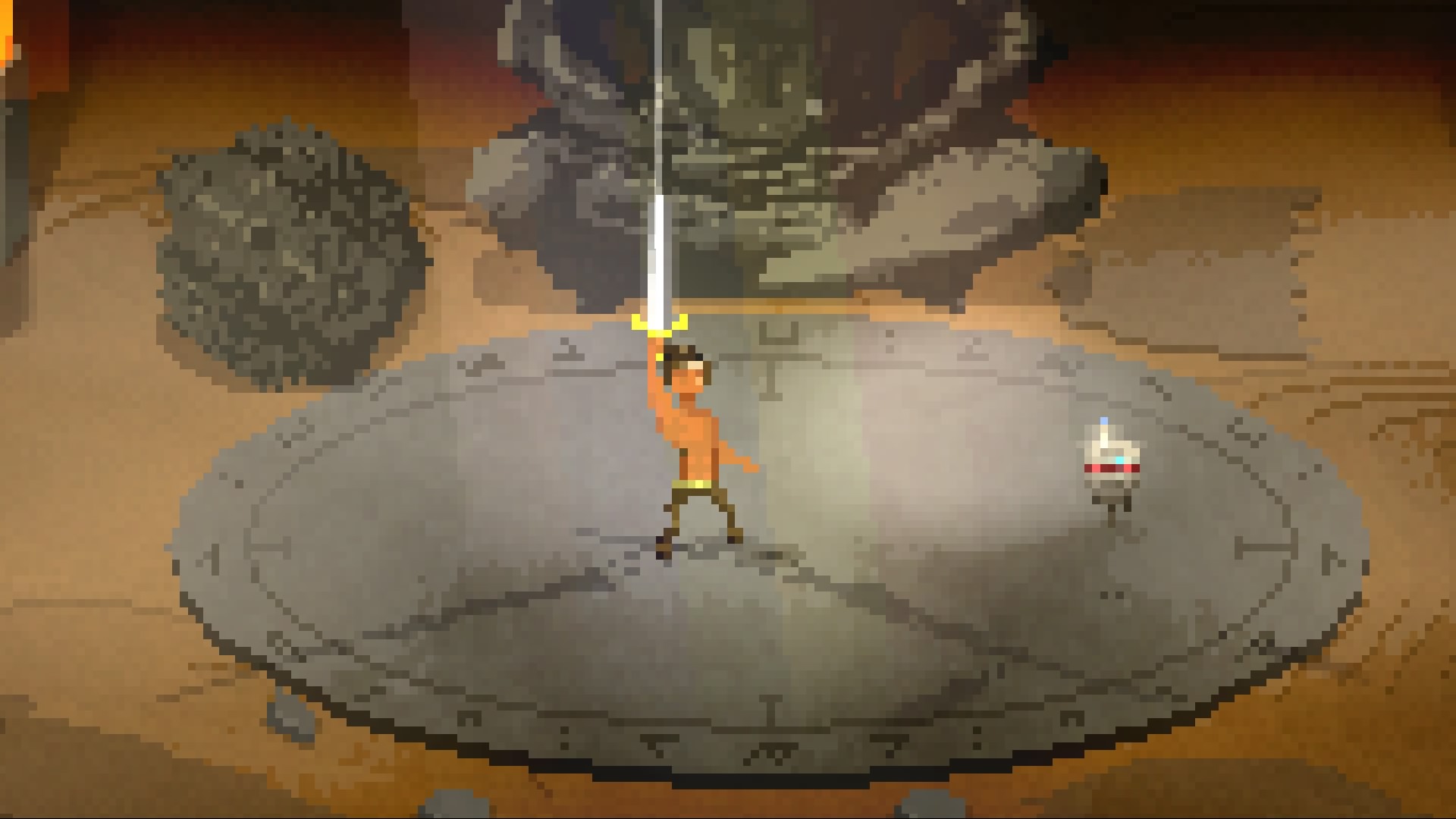
-
Songbringer_20170818211958
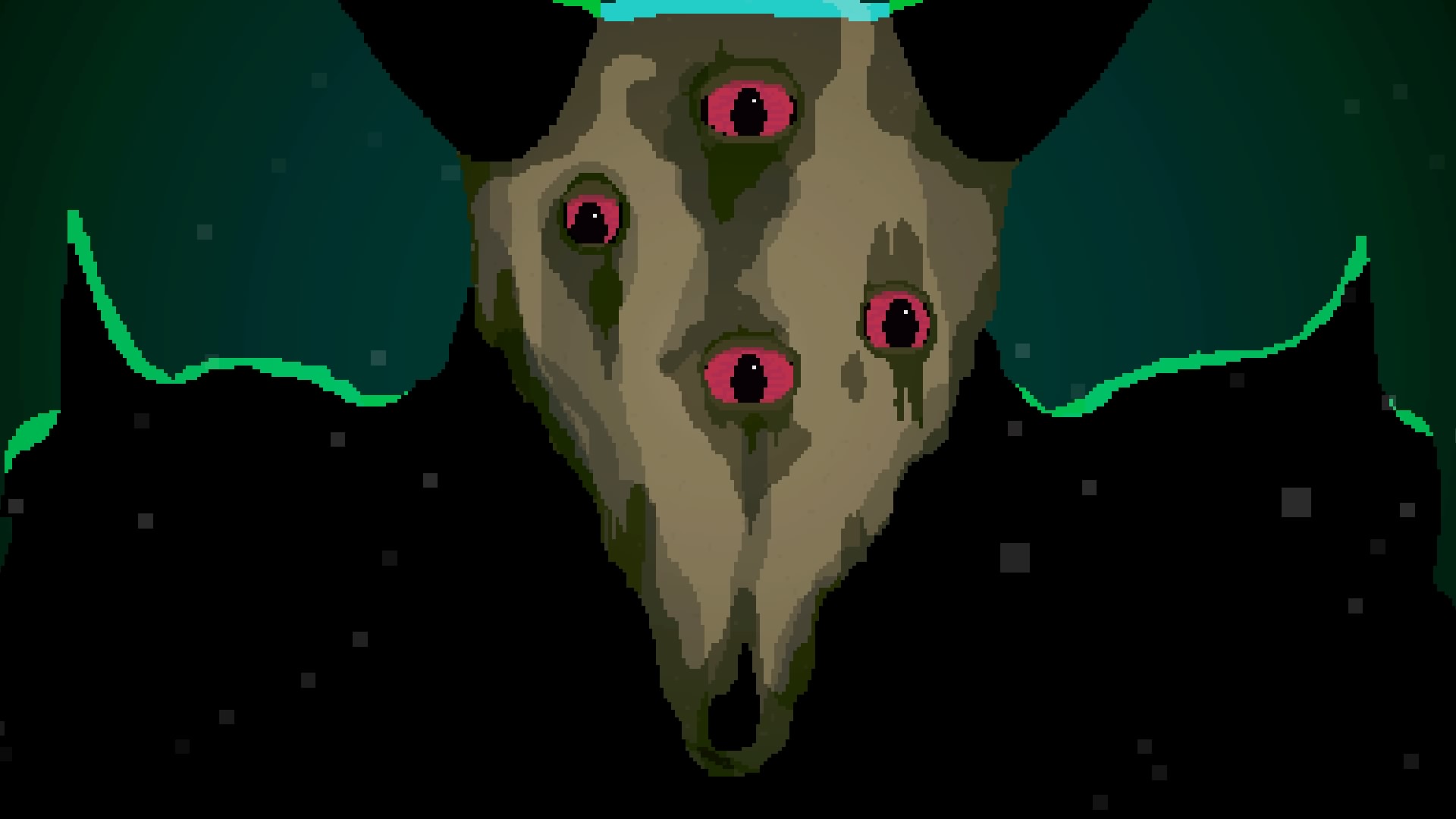
-
Songbringer_20170818212307
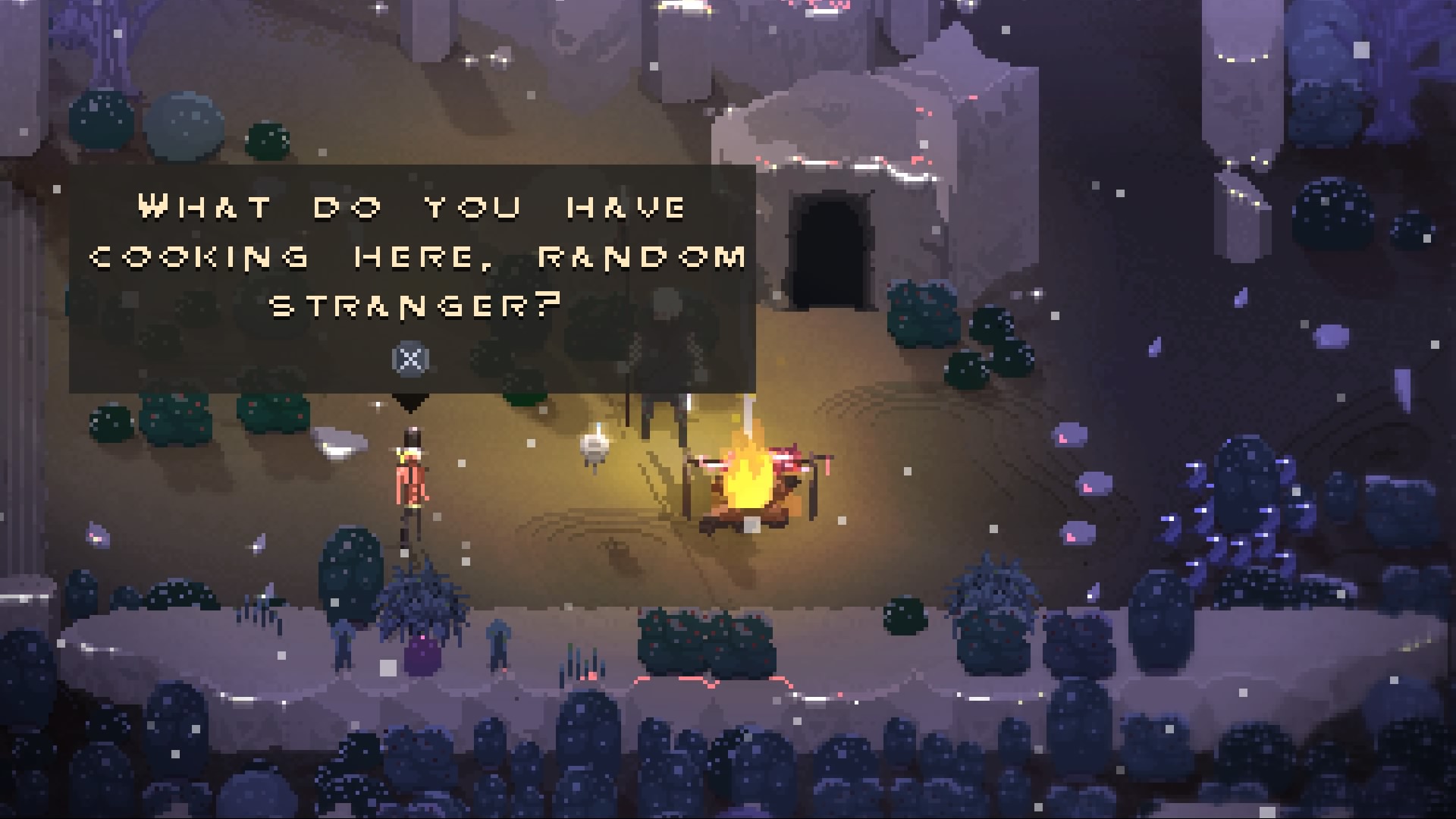
-
Songbringer_20170818213148
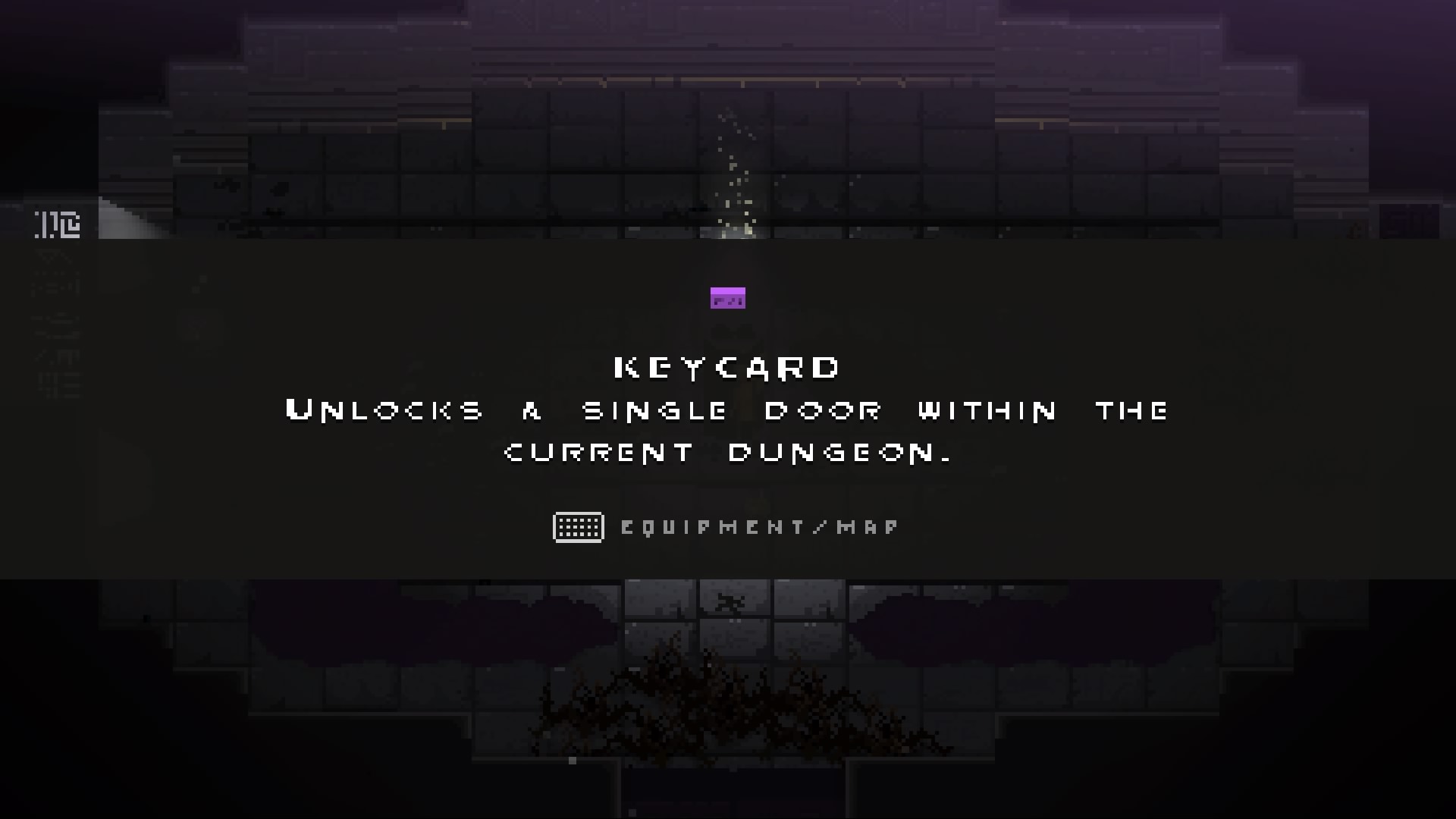
-
Songbringer_20170818213929
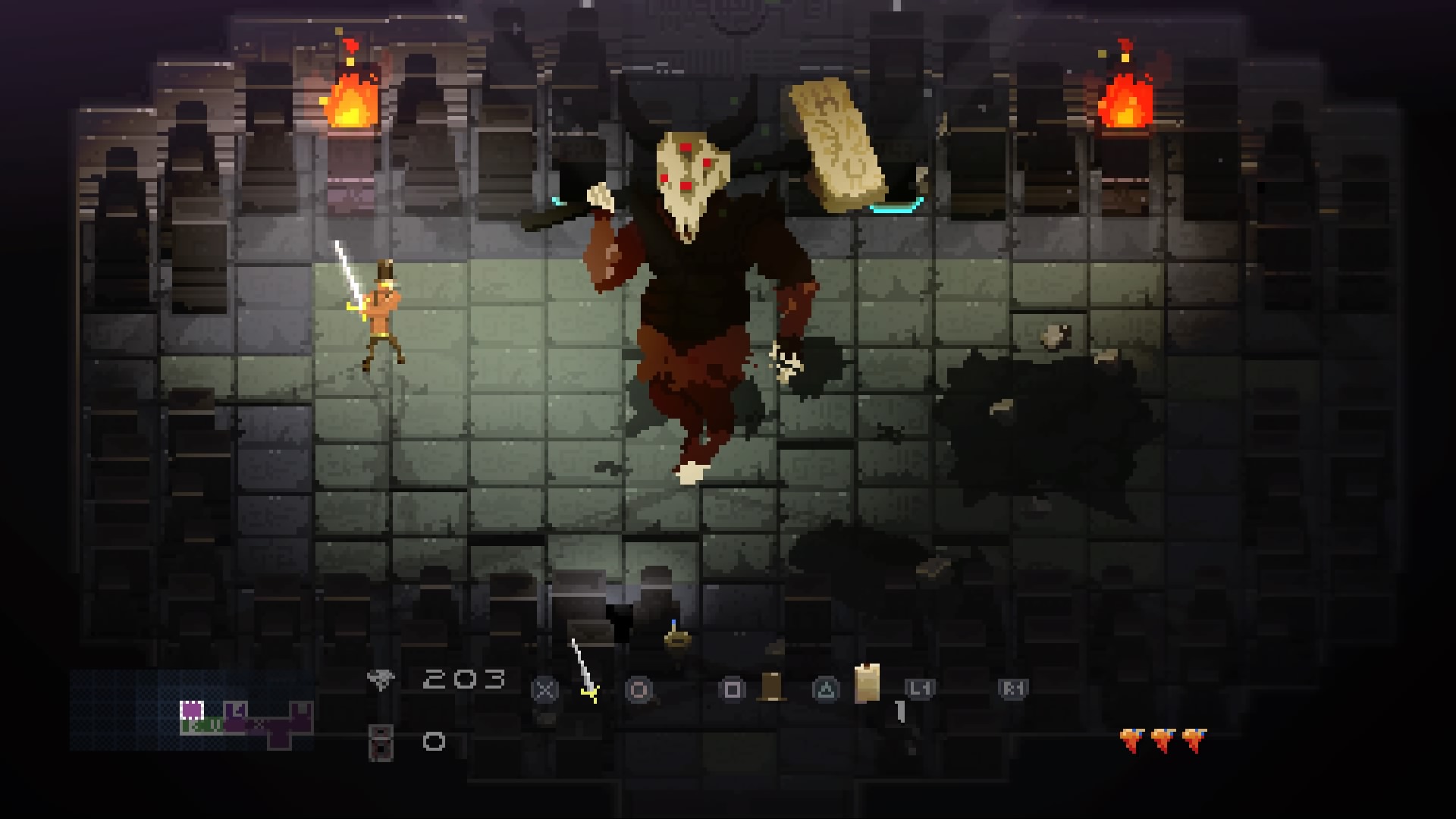
-
Songbringer_20170818215816
